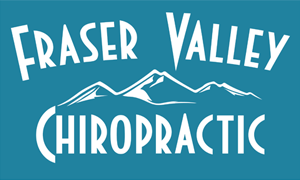
Chinese Medicines
Traditional Chinese Medicine is based upon channels of energy that flow throughout the human body. This vital energy is called “Qi” and if disrupted, results in illness and/or disease. Acupuncture was developed to fight disease and to aid healing of internal diseases by stimulating different points on the surface of the body.
There are 12 channels (meridians) and 8 extra channels that are connected though various collaterals so that one channel has the ability to affect another. These channels are symmetrically distributed over the body to create wholeness. Internally, the 12 channels connect with the viscera and organs, and externally they connect with the arms and legs. The internal organs and viscera convey their vital energy (Qi) to points on the body surface. By stimulating these points, the channels are able to regulate the Qi of the viscera as well as the circulation of Qi and blood throughout the body. With the regulation of the vital energy, the body can concentrate on curing disease.
Chinese and Western Medicines
Both Chinese and Western medicines are working together to research the theory of acupuncture and the channels. They have come to believe that the channels are related to nerves, blood vessels, and body fluids. Acupuncture has been effective for thousands of years and as we learn more about the complexities of the human body, its results will only become more profound.
The NCCIH states that acupuncture can effectively treat low back and neck pain, arthritic pain, knee pain, migraine headaches, peripheral neuropathies, nausea, fatigue, depression, and fertility issues.
Acupuncture is successful at treating PTSD and grief through a combination of traditional acupuncture needling and auriculotherapy.
Adjunctive therapies such as Guasha, cupping, moxibustion, and herbal therapies can be implemented to assist the effedtiveness of treatment.
Electroacupuncture
This acupuncture technique stimulates the inserted needles with a small electric current to increase the flow of Qi (i.e. energy) to a specific point.
It has been used to treat a variety of conditions from nausea to muscle spasms. Recent evidence shows that an electrical current applied to acupuncture points accelerates endorphin release which can help lower blood pressure and reduce cardiac stress.
This technique is useful for complex cases of chronic pain syndrome (CPS) where stimulation of energy channels can be particularly difficult.
ETPS
For those individuals who have trypanophobia (fear of needles), ETPS (Electro-therapeutic Point Stimulation) is available. This is a non-invasive acupuncture method that utilizes low-frequency stimulation to excite the energy along the meridians.
This treatment method can increase blood circulation, stimulate the nervous system, decrease muscle hypertonicity, and trigger endorphin release. These responses, in combination, accelerate tissue repair for soft tissue disorders or injuries.
ETPS has been successful in treating a variety of ailments and disorders such as neck and back pain, fibromyalgia, migraine headaches, carpal tunnel syndrome, frozen shoulder, tennis elbow, nerve pain, and plantar fasciitis.
